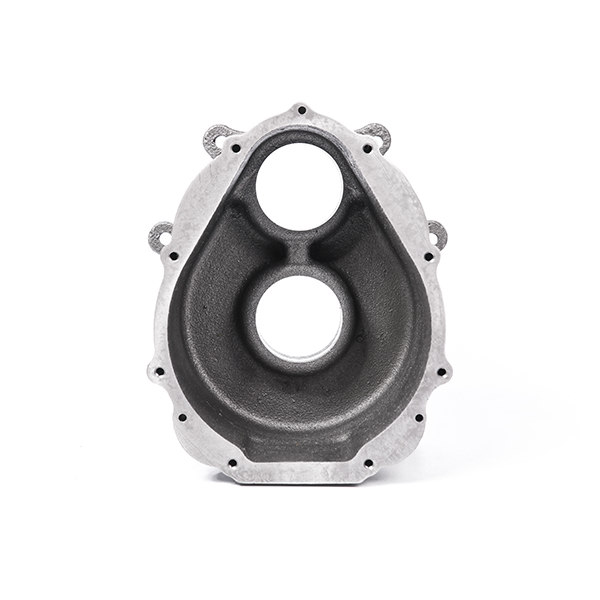Mobile:+86-311-808-126-83
Email:info@ydcastings.com
melting aluminum for casting
Melting Aluminum for Casting A Comprehensive Guide
Aluminum is one of the most versatile and widely-used metals in the world, prized for its lightweight properties, corrosion resistance, and excellent conductivity. The process of melting aluminum for casting is a crucial step in the manufacturing of a variety of components in industries ranging from automotive to aerospace. This article will explore the fundamentals of melting aluminum for casting, including the melting process, required equipment, safety measures, and tips for producing high-quality castings.
Understanding the Melting Process
Before delving into the specifics of melting aluminum, it is essential to understand its metallurgy. Aluminum has a relatively low melting point of about 660 degrees Celsius (1,220 degrees Fahrenheit). This characteristic makes it an easier metal to melt compared to many others, allowing for efficient casting operations even in small workshops.
The melting process typically begins with the selection of aluminum scrap or ingots. Common sources of aluminum scrap include old vehicles, food and beverage containers, and industrial waste. Proper sorting and cleaning of scrap are vital to remove any contaminants that could affect the final casting quality.
The next step involves heating the aluminum to its melting point. This is usually done using a furnace. There are several types of furnaces available, including crucible furnaces, electric resistance furnaces, and induction furnaces. Each type has its benefits and limitations. Crucible furnaces are often preferred for small-scale operations due to their simplicity and cost-effectiveness, while induction furnaces are favored in larger foundries for their efficiency and ability to maintain consistent temperatures.
Safety Precautions
melting aluminum for casting

Melting aluminum can be dangerous if proper safety precautions are not taken. It's essential to set up a safe working environment by ensuring good ventilation to prevent the buildup of harmful fumes. Additionally, operators should wear protective gear, including heat-resistant gloves, goggles, and aprons to shield against splashes of molten metal.
Before melting aluminum, it is vital to ensure that no moisture is present in the materials. Water can create explosive steam when it comes in contact with molten aluminum, posing a severe risk to safety. Therefore, drying the scrap and maintaining a clean workspace is paramount.
Achieving High-Quality Castings
To ensure the production of high-quality aluminum castings, controlling the melting temperature and composition is crucial. Careful temperature management prevents issues such as oxidation, which can weaken the metal. Adding alloying elements like silicon, magnesium, or copper during the melting process can enhance the mechanical properties of the aluminum and tailor it for specific applications.
Once the aluminum is melted, it needs to be properly degassed to remove any dissolved hydrogen that could cause porosity in the final casting. This can be achieved using degassing agents or processes such as inert gas purging. After degassing, the molten aluminum is ready to be poured into molds, which can be made from various materials, including sand, metal, or ceramic.
Conclusion
Melting aluminum for casting is a fundamental process that requires careful consideration of metallurgy, equipment, safety, and quality control. By understanding these elements, operators can produce high-quality aluminum castings that meet the stringent demands of modern industries. Whether you are a hobbyist or a seasoned professional, mastering the art of melting aluminum opens up a world of possibilities for creating durable and functional metal components.
-
Understanding Metal Casting TechniquesNewsApr.02,2025
-
Understanding Exhaust Manifolds for Enhanced Engine PerformanceNewsApr.02,2025
-
The World of Metal FabricationNewsApr.02,2025
-
Key Components for Pump and Turbo EfficiencyNewsApr.02,2025
-
Essential Tools for Automotive Maintenance and RepairNewsApr.02,2025
-
Durable Valve Components for Effective Water ManagementNewsApr.02,2025











